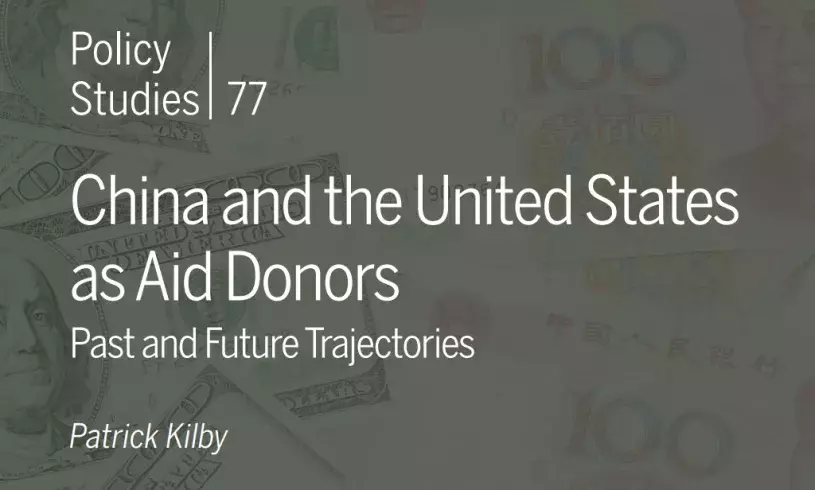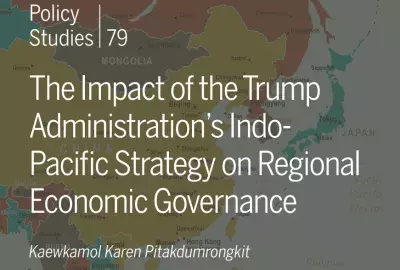Error message

The United States and China have followed nearly parallel paths as providers of foreign aid over the past seven decades. Although both programs were ostensibly aimed at Third World economic development, both countries also leveraged the programs to further their own national interests, using very different strategies. The United States has largely provided foreign aid with the aim of stabilizing the world order, favoring a patron-client relationship with recipient countries, and using aid to promote economic and political liberalization. China, on the other hand, has used its foreign aid program primarily to strengthen its position as a leader of the Global South, favoring a hands-off political approach and emphasizing reciprocity and solidarity with aid recipients. The current US administration has proposed cutting foreign aid by one-third, in line with other countries' recent aid cuts. However, in an era of growing authoritarianism, the United States should carefully consider whether it will cede the "aid race" to its "apolitical" competitor.
About the author
Patrick Kilby is a political scientist at the Australian National University (ANU) and convener of the Master of Applied Anthropology and Participatory Development program. He was an East-West Center in Washington Visiting Fellow in 2017 and a Fulbright Senior Scholar in 2018.
He can be contacted at: [email protected]
The United States and China have followed nearly parallel paths as providers of foreign aid over the past seven decades. Although both programs were ostensibly aimed at Third World economic development, both countries also leveraged the programs to further their own national interests, using very different strategies. The United States has largely provided foreign aid with the aim of stabilizing the world order, favoring a patron-client relationship with recipient countries, and using aid to promote economic and political liberalization. China, on the other hand, has used its foreign aid program primarily to strengthen its position as a leader of the Global South, favoring a hands-off political approach and emphasizing reciprocity and solidarity with aid recipients. The current US administration has proposed cutting foreign aid by one-third, in line with other countries' recent aid cuts. However, in an era of growing authoritarianism, the United States should carefully consider whether it will cede the "aid race" to its "apolitical" competitor.
About the author
Patrick Kilby is a political scientist at the Australian National University (ANU) and convener of the Master of Applied Anthropology and Participatory Development program. He was an East-West Center in Washington Visiting Fellow in 2017 and a Fulbright Senior Scholar in 2018.
He can be contacted at: [email protected]







